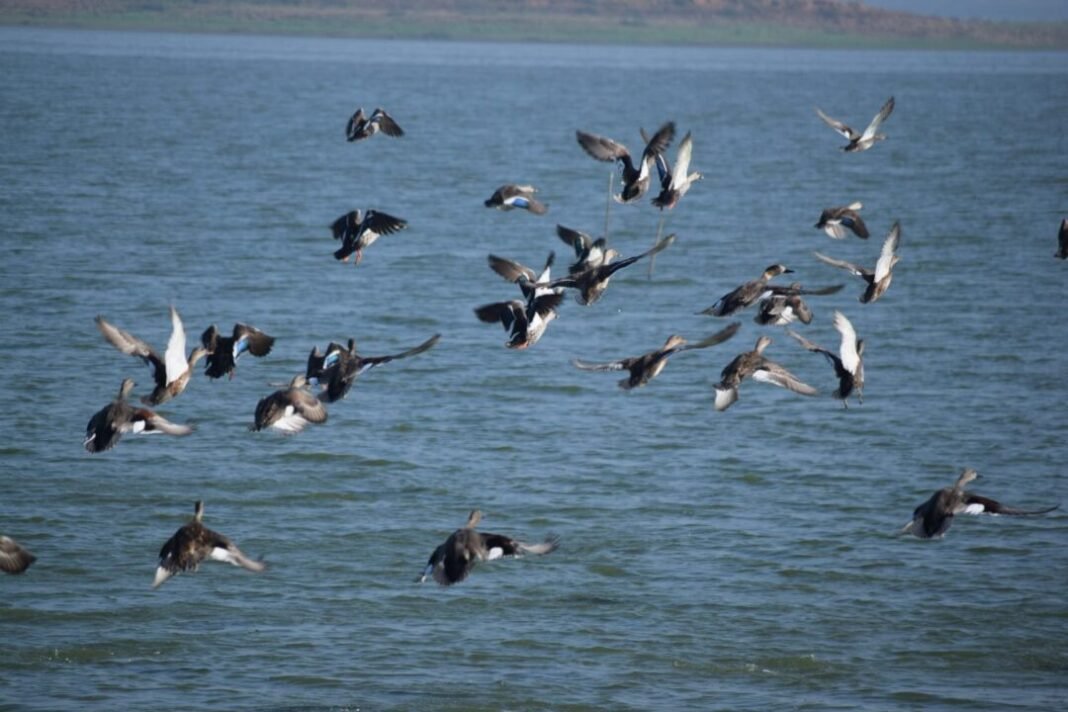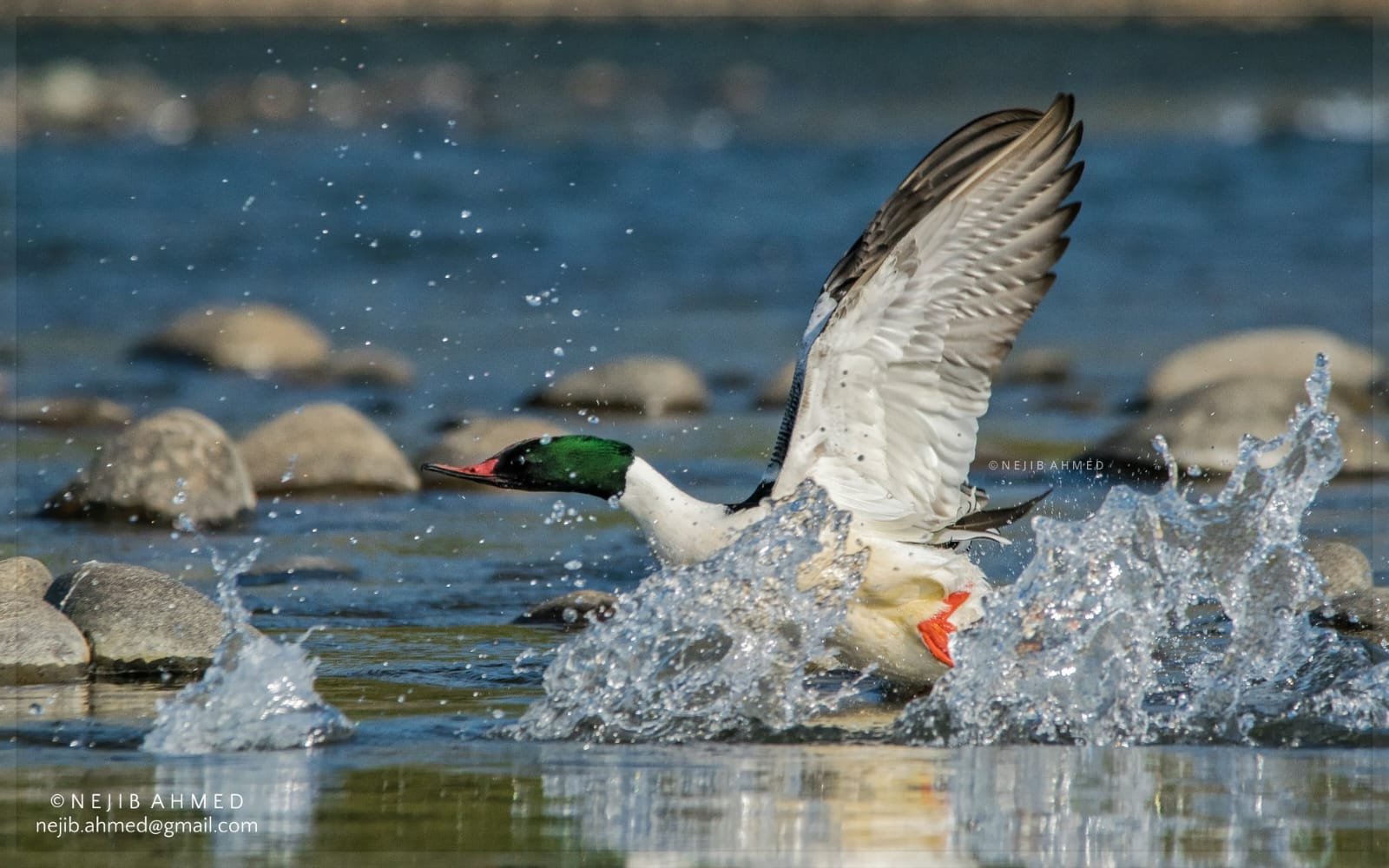By: Hiranya Barman
GUWAHATI, Sept 25: Bird watchers and environmentalists are in for a disheartening experience as the number of migratory birds flocking the Deepor Beel located on the outskirts of Guwahati have declined.
The Autumn bird count conducted by 7WEAVES Research Foundation at Ramsar site at Deepor Beel found 62 species of birds flocking the site as on September 24.
The findings surprised ecologists and environmentalist alike, who are of the view that number and species of birds coming to Deepor Beel has declined over the years.
The winter bird count done in December 2002 found 219 species of birds flocking the site.
“I am surprised by the reduction of local species of birds dependent on wetlands,” Pramod Kalita environmental activist and secretary of Deepor Beel Suraksha Mancha said told The Hills Times.
Kalita also raised concern on the rising water level of Deepor Beel this year as the excess water from the Beel could not be channeled out to the Brahmaputra due to shutting of the sluice gates on Khanajan channel.
“Migratory birds like to thrive on swallow waters. The time is ripe now for the migratory birds to come to Deepor Beel to breed. However, the rising water levels of the Beel may cause a hindrance,” Kalita lamented.
Meanwhile, a team of 43 participants divided into four groups and led by a team leader conducted the bird counting at Azara, Boragaon, Jalukbari and Dharapur.
Taniya Talwar , ecologist at 7WEAVES Research Foundation presented the findings from the Winter, Spring, and Autumn Bird Counts in relation to the Deepor Beel community activities.
As many as 40 species have been found at Jalukbari, 29 species at Dharapur, 32 species at Dharapur and 23 species at Boragaon.
The team found 38 (20 in Jalukbari, 18 in Dharapur) numbers of Lesser Whistling Duck in Deepor Beel.
The species that have been found in the recent bird count are ducks, pigeons and doves, rails, gallinules and allies, cuckoos, shorebirds, storks , cormorants and anhingas, herons, ibis, hoopoes, kingfishers, bee-eaters, babet, woodswallows, woodpecker, oriole, shrikes, reed warblers and allies, martins and swallows among others.
The event included an interactive session at the end of the bird watching programme, where Seema Talukdar, ecologist at 7WEAVES Research Foundation and Abhinandan Saikia, professor at the TATA Institute of Social Sciences drew light on the roles of the fishing community in the conservation of the Deepor Beel. Pramod Kalita , environmental activist and secretary of Deepor Beel Suraksha Mancha addressed the audience about the challenges in conserving Deepor Beel and its biodiversity.
The inaugural session of the Winter Birding Festival (WBF) 2023 at Deepor Beel has come to an end, with participants tallying 59 bird species.
Sachin Ranade, manager of the Vulture Conservation at BNHS and Narayan Sharma, professor of the Cotton University were also present on the occasion.












